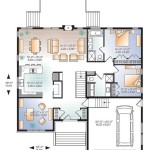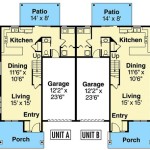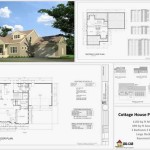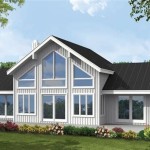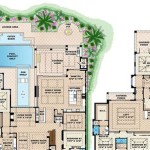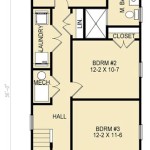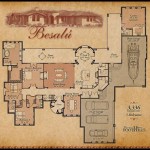Home Design with Floor Plan: A Comprehensive Guide
Designing a home is a complex process that requires careful planning and consideration. A floor plan is an essential tool in the design process, as it provides a visual representation of the layout and flow of a home. In this article, we'll delve into the fundamentals of home design with floor plans, exploring the different types, benefits, and best practices to help you create a functional and aesthetically pleasing living space.
Types of Floor Plans
There are several types of floor plans, each with its unique characteristics:
- One-Story Floor Plan: All rooms are located on a single level, making it convenient for accessibility.
- Two-Story Floor Plan: Rooms are distributed over two levels, providing ample space and potential for privacy. li>Split-Level Floor Plan: Similar to a two-story plan, but with intermediate levels that create distinct living areas.
- Open Floor Plan: Common areas such as the living room, dining room, and kitchen flow seamlessly into one another, creating a spacious and airy feel.
- Traditional Floor Plan: Spaces are separated by walls and doors, providing more privacy and defined areas.
Benefits of Using Floor Plans
Floor plans offer numerous advantages for home design:
- Visualization: They allow designers and homeowners to visualize the layout and flow of a home before it's built, facilitating better decision-making.
- Space Planning: Floor plans help determine the optimal placement and size of rooms, ensuring efficient use of space.
- Cost Estimation: They provide a framework for cost estimation by calculating the square footage and identifying potential construction challenges.
- Code Compliance: Floor plans ensure compliance with building codes by adhering to requirements for room sizes, accessibility, and safety features.
- Communication: They serve as a common language between architects, builders, and homeowners, facilitating clear communication and reducing errors.
Best Practices for Floor Plan Design
To create a functional and aesthetically pleasing floor plan, consider the following best practices:
- Flow and Traffic: Design a floor plan that allows for easy flow between rooms, avoiding awkward or cramped spaces.
- Natural Light: Position windows strategically to maximize natural light, creating a brighter and healthier living environment.
- ZONING: Divide the home into designated areas, such as a private zone for bedrooms, a public zone for living and entertaining, and a service zone for kitchen and laundry.
- Flexibility: Consider the potential for future changes in lifestyle and family structure, designing a floor plan that can accommodate adaptability.
- Visual Appeal: Create a visually appealing floor plan with a balanced layout, pleasing proportions, and aesthetic harmony.
Conclusion
Floor plans are an indispensable tool in home design, providing a visual representation of the layout and flow of a home. By understanding the different types, benefits, and best practices of floor plan design, homeowners and designers can create functional and aesthetically pleasing living spaces that meet their specific needs and aspirations.

Floor Plans Types Symbols Examples

House Plans How To Design Your Home Plan

Floor Plans Types Symbols Examples

House Floor Plans Your Best Guide To Home Layout Ideas

Affordable Home Design Efficient Floor Plans

18 Small House Designs With Floor Plans And Decors

5 House Floor Plans Choose The Right Plan Of Your Home Bungalow Design Small

Simple 3 Room House Plan S 4 Nethouseplans Building Plans Designs With Bungalow Floor

House Design Trends What S Popular In Cur Floor Plans Extra Space Storage

Top 5 Modern House Plans With Photos Floor Archid

